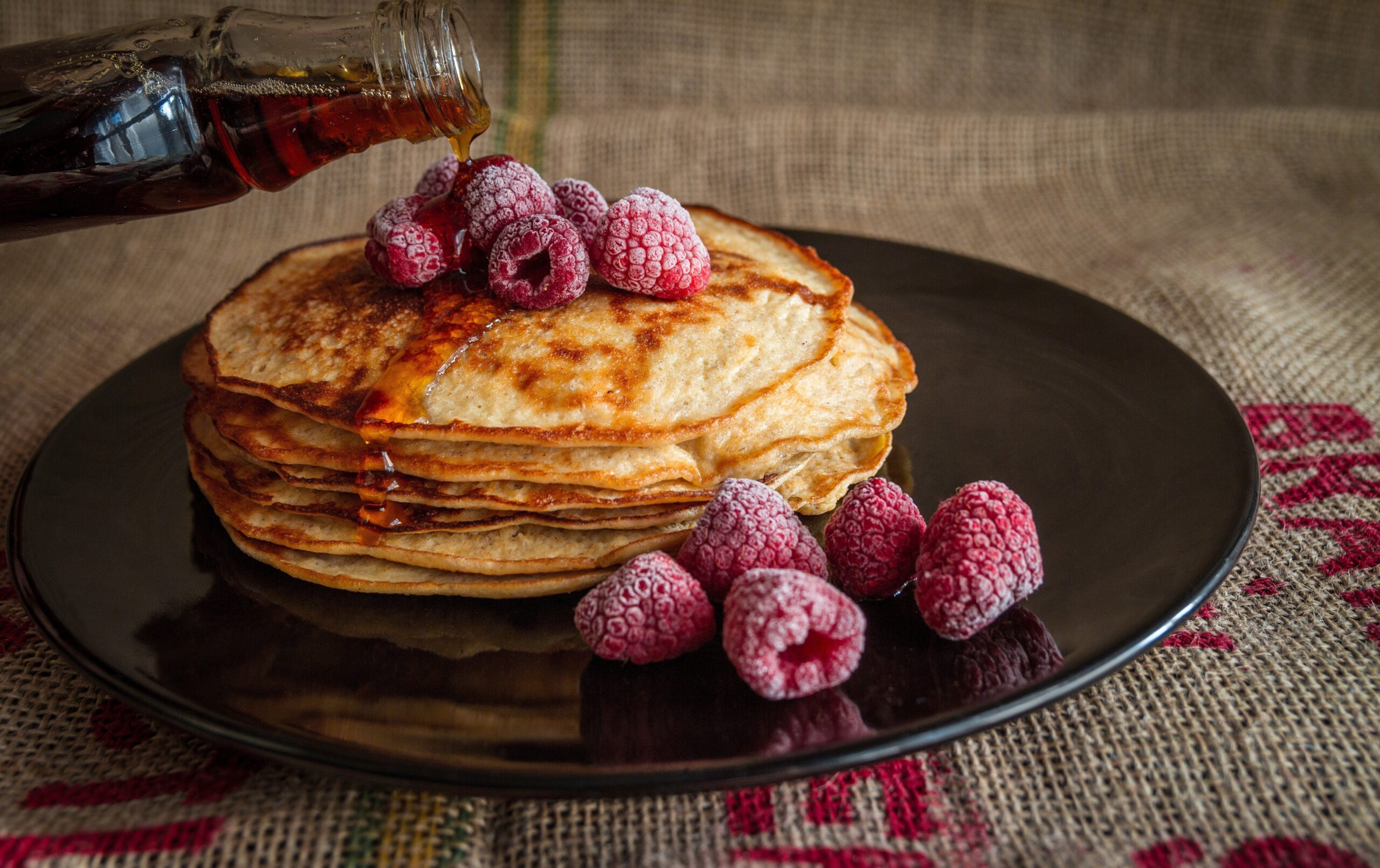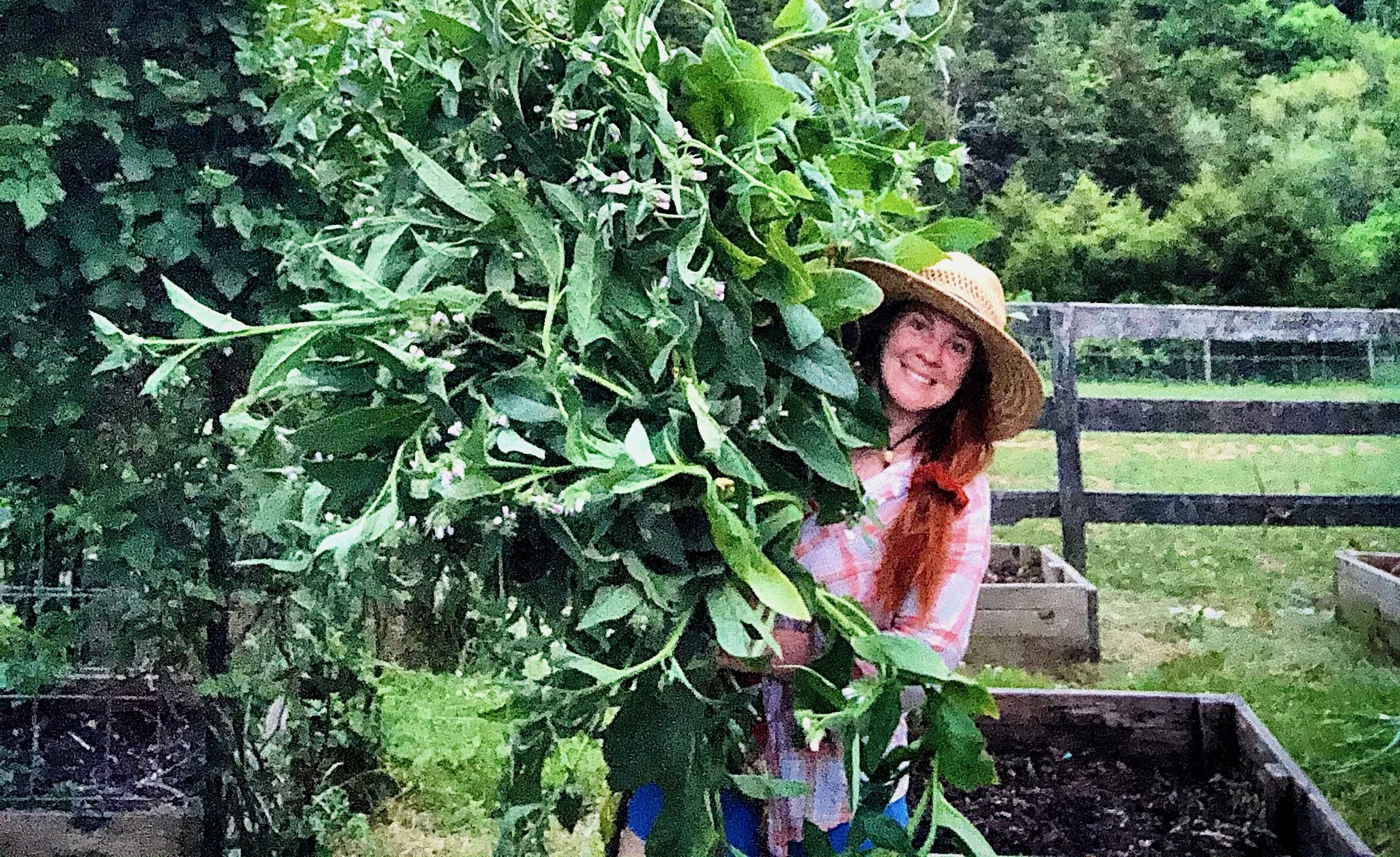Okay, so I know you are expecting a recipe of 2 cups X, add 1 Tbsp Y, to make Z. BUT, my objective is to teach you about sourdough first and foremost. And the truth of the matter is, not all discard is the treated equal. When it comes to making sourdough discard pancakes, consistency is key.
The texture of your batter is what really matters. I can’t tell you how much flour to add because I don’t know how much discard you need to use up, or how many people you are feeding. Also, while we are talking about discard…
How old is it?
How recently has it been fed?
Does it have hooch on top? (A brown liquid that smells like acetone and is normal. It just means your starter or discard is really, really hungry.)
Is it a thick consistency? Or is it runny? (This will change household to household depending on how you feed your sourdough and what type of grain you feed it)
Does it smell sour? (Again, normal, but will completely change the recipe of what to add for pancakes.)
Do you keep your discard on the counter or in the fridge? (The difference between the two is actually quite vast, but that’s for another blog post.)
So, not to confuse you, but you’re going to have to use your intuition here. Although this seems complicated it is the simplest thing to make, and it comes together so quickly!
Here’s what I do:
My sourdough is kept in the fridge. Both discard and starter. That means it’s a long, slow ferment. The consistency is considerably thicker than those kept on the counter. So, when I want to use up my discard, I will add water and flour to it to get it to the texture of pancake batter. Not runny, but not too thick. I start by whisking in a little water. Then I will add a little all-purpose flour. And, I go back and forth until I…
- Reach the desired texture I want; and,
- Have enough batter for how many people I am feeding.
If you are wanting to use up milk, buttermilk, or even heavy whipping cream you can use that rather than water. When our cow or goats are in milk, I will be using milk instead. If you prefer whole wheat or another type of flour the amount you add will vary greatly. Whole wheat flour will create a thicker batter. Gluten free flours will require a pinch of cornstarch to thicken up your batter. We are all about using up leftovers from the fridge sand pantry o use what you have on hand.
And while we are discussing leftovers, I will quickly throw some old or unsightly fruit in my pancake batter. Or you can even make savory pancakes! Add in meat and vegetables that need to be used up, they’re so delicious!
So, my base ‘recipe’ for sourdough discard pancakes is this:
Use up all my discard. Add a little water or milk. Add some flour. Whisk. Does it look like batter? Perfect. Add in sweetener of choice. I don’t like really sweet pancakes so I might add two tablespoons of brown sugar or honey for a large bowl. Again, what does your family like?
Add the teeniest pinch of salt, because salt enhances sweetness. Melt down butter in a skillet and pour in your batter over medium heat. It won’t fully bubble the way Bisquick mix would, but it essentially cooks the same so just keep an eye on it. Flip when underside edges are golden brown. Top with whatever your fridge or pantry has to offer – fruit, peanut butter, honey, syrup, or my favorite, clotted cream.
If you are making waffles, you want to do the exact same thing as above, however you will want to make your batter the slightest bit thicker for those fluffy waffles.
Sourdough Discard Pancake Tips:
Pancakes and waffles freeze well! You can whip up a big batch to use up your discard and freeze for a fast breakfast on the go.
Please do yourself a favor and try savory pancakes and waffles. They are a game changer.
For an added health boost, add protein powder to your pancake mix.
I know this isn’t an exact sourdough discard pancakes “recipe”, but I do hope this was helpful. The most important task for me is eliminating the stigma that making bread and bread products from scratch is hard. So, I want to provide you with all the practical tips on how to read your sourdough. Once you understand that, everything else comes easy.
Leave your questions for me below.



